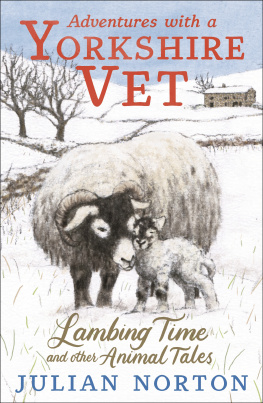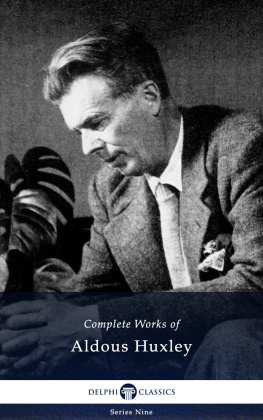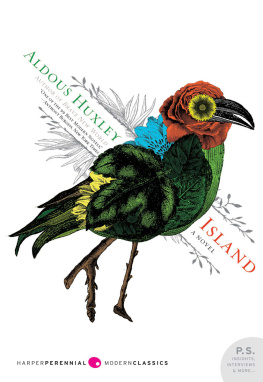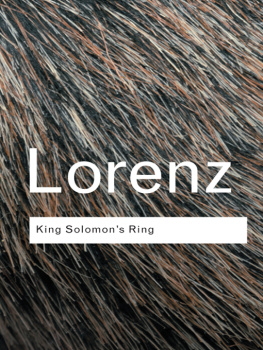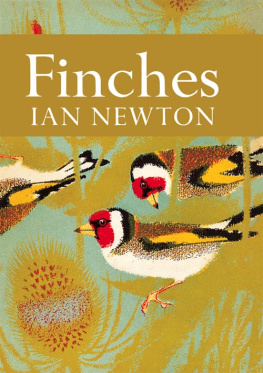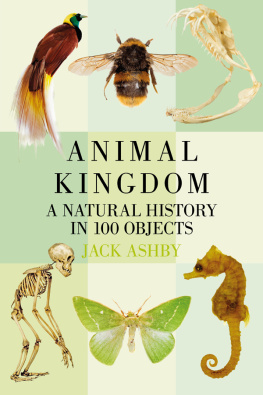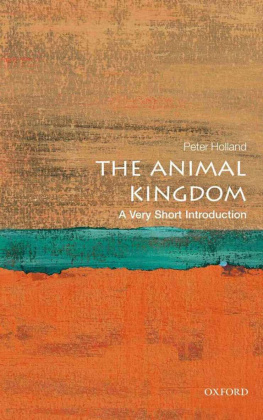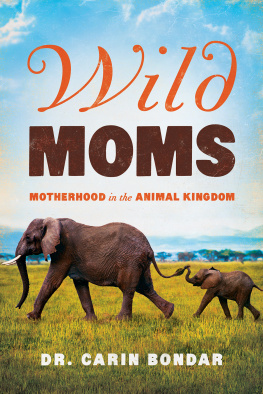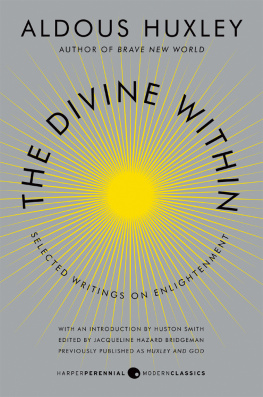Julian S. Huxley - The Individual in the Animal Kingdom
Here you can read online Julian S. Huxley - The Individual in the Animal Kingdom full text of the book (entire story) in english for free. Download pdf and epub, get meaning, cover and reviews about this ebook. year: 2022, publisher: MIT Press, genre: Science. Description of the work, (preface) as well as reviews are available. Best literature library LitArk.com created for fans of good reading and offers a wide selection of genres:
Romance novel
Science fiction
Adventure
Detective
Science
History
Home and family
Prose
Art
Politics
Computer
Non-fiction
Religion
Business
Children
Humor
Choose a favorite category and find really read worthwhile books. Enjoy immersion in the world of imagination, feel the emotions of the characters or learn something new for yourself, make an fascinating discovery.

- Book:The Individual in the Animal Kingdom
- Author:
- Publisher:MIT Press
- Genre:
- Year:2022
- Rating:3 / 5
- Favourites:Add to favourites
- Your mark:
- 60
- 1
- 2
- 3
- 4
- 5
The Individual in the Animal Kingdom: summary, description and annotation
We offer to read an annotation, description, summary or preface (depends on what the author of the book "The Individual in the Animal Kingdom" wrote himself). If you haven't found the necessary information about the book — write in the comments, we will try to find it.
The Individual in the Animal Kingdom — read online for free the complete book (whole text) full work
Below is the text of the book, divided by pages. System saving the place of the last page read, allows you to conveniently read the book "The Individual in the Animal Kingdom" online for free, without having to search again every time where you left off. Put a bookmark, and you can go to the page where you finished reading at any time.
Font size:
Interval:
Bookmark:
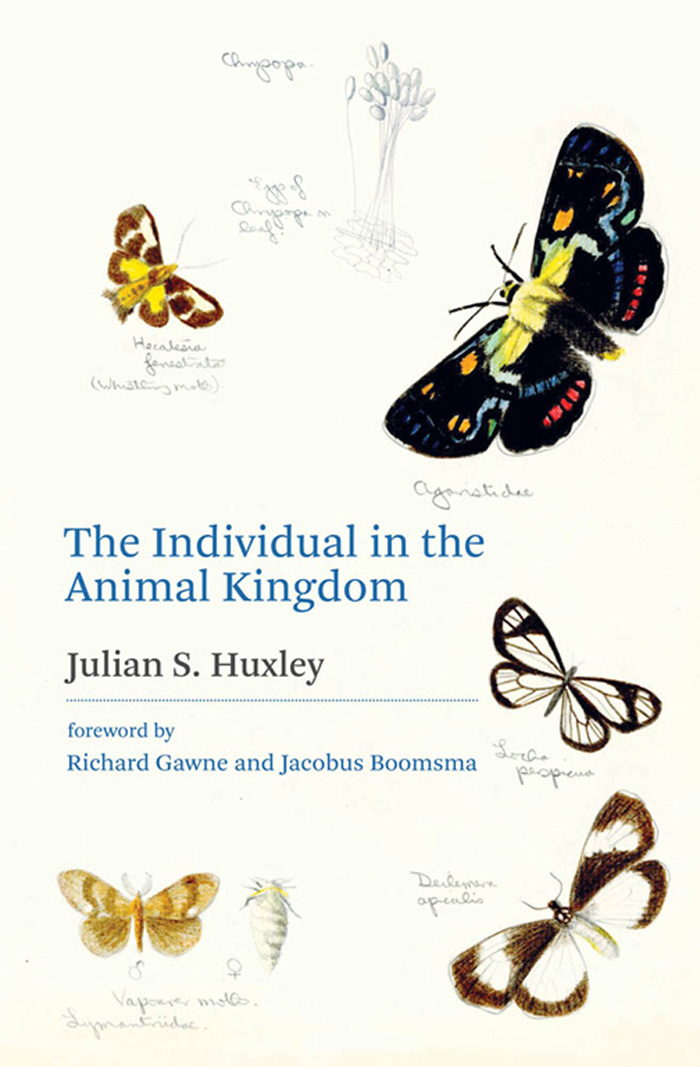
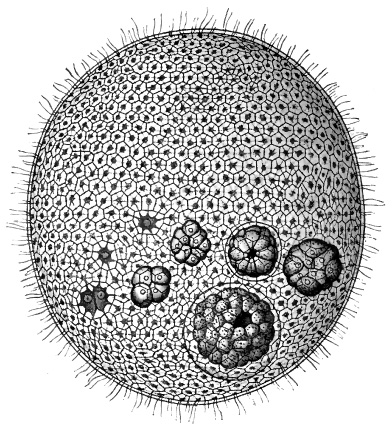
Volvox globator Ehrenberg. An adult asexual colony, highly magnified. The hexagonal areas represent the gelatinous coats of the individual cells in surface view. The thin common envelope of the whole colony is seen round the circumference. In the hinder half of the colony are seen two of the large asexual reproductive cells, and various stages of their development into daughter-colonies. The two most advanced daughter-colonies have already secreted a common envelope of their own. (After A. Lang.)
Julian S. Huxley
Foreword by Richard Gawne and Jacobus J. Boomsma
The MIT Press
Cambridge, Massachusetts
London, England
2022 Massachusetts Institute of Technology
First edition published in 1912 by Cambridge University Press.
This work is subject to a Creative Commons CC-BY-NC-ND license. Subject to such license, all rights are reserved.

Cover images are from Julian Huxleys personal sketchbooks (c. 19391941), courtesy of the American Philosophical Society.
This book was set in Bembo Book MT Pro by New Best-set Typesetters Ltd.
Library of Congress Cataloging-in-Publication Data
Names: Huxley, Julian, 18871975, author.
Title: The individual in the animal kingdom / Julian S. Huxley ; foreword by Richard Gawne and Jacobus J. Boomsma.
Description: Cambridge, Massachusetts : The MIT Press, [2022] | Originally published in Cambridge, Eng., by Cambridge University Press and New York by G. P. Putnams Sons, 1912. | Includes bibliographical references and index.
Identifiers: LCCN 2021031216 | ISBN 9780262045377 (hardcover)
Subjects: LCSH: Life (Biology)Philosophy. | Individuality.
Classification: LCC QH501 .H88 2022 | DDC 113/.8dc23
LC record available at https://lccn.loc.gov/2021031216
10987654321
d_r0
Richard Gawne and Jacobus J. Boomsma
Richard Gawne and Jacobus J. Boomsma
Julian S. Huxley
Volvox globator EhrenbergFrontispiece
FIG .
1.Diagram of the life-history of the Liver-fluke 17
2.Portion of colony of Bougainvillea fruticosa 30
3.Hydra 31
4.Stylonychia mytilus 33
5.Pilidium with young Nemertine enclosed 56
6.Clathrina coriacea, histology 69
7.Gonium 78
8.Haplozoon macrostylum 83
9.Probable evolution of the Catenata 84
10.Part of a colony of Hydractinia 90
11.Diphyes campanulata 92
12.Physcia parietina 94
13.The Yucca and its Moth 98
14.Development of a nerve-cell 106
15.Regeneration in Planaria lugubris 112
16.Elementary Structure in plants 124
Figs. 2, 10, and 11 are reproduced from the Encyclopaedia Britannica (eleventh edition); figs. 6 and 12 are from Lankesters Treatise on Zoology, Vol. 11, and Scotts Structural Botany respectively, by kind permission of Messrs A. & C. Black; fig. 7 is from Wests British Freshwater Algae (Camb. Univ. Press); and fig. 13 is from Weismanns Evolution Theory, by permission of Mr Edward Arnold.
Richard Gawne and Jacobus J. Boomsma
Julian Huxleys The Individual in the Animal Kingdom is a book about the major transitions in evolution (MTEs), avant la lettre. When it was published in 1912, the modern evolutionary synthesis had not occurred, the central dogma of molecular biology was unknown, and the experimental methods we now take for granted were impossible to fathom. Biology has clearly come a long way since the early twentieth century, so some might infer they will find little of value in this monograph. The standard response would be that standing on the shoulders of past giants is the only way to see into the distant scientific horizon, but Newtons aphorism only holds true if the footings we are perched upon are sound. Sifting through the historical literature, it becomes apparent that many works are, in fact, best forgotten. However, intellectual archaeology can sometimes help to uncover long-lost gems with unique vantage points that modern biologists can use to advance their research. In our view, The Individual in the Animal Kingdom is one of these treasures.
A close reading of enduring works from the past often confirms that their insights have been incorporated into the contemporary literature in a refined and expanded form. This is cumulative scientific progress at its finest. Revisiting The Individual in the Animal Kingdom, one gets the impression that research on the MTEs has charted a less desirable course. Huxleys hypotheses are so strikingly clear and original that our present-day understanding of the MTEs appears to represent modest, incremental progress. Indeed, one could argue that the field has actually regressed in some respects due to a neglect of rigorous, falsifiable theorizing and subsequent empirical testing. The current state of affairs is partly attributable to the lack of attention The Individual in the Animal Kingdom has received. Our goal in overseeing this reissue is to give this groundbreaking work a second hearing. Despite the fact that it is now over one hundred years old, and despite Huxley himself being just twenty-five years old when it was pressed (figure F.1), the book remains highly relevant to contemporary research on the MTEs. The primary aim of our introduction is to demonstrate this point in order to encourage biologists to read the body of the text in its original form. An exhaustive historical contextualization of the book that purports to be free from evaluative judgments will have to wait for another day.
Current thinking In a semantic sense, this is correct because the term major evolutionary transition had not previously been used in this specific context. However, the fact that life has increased in organizational complexity over timethe central tenet of the modern MTE frameworkhad been appreciated for well over a century. More specifically, many of the ideas currently circulating in the literature were first incisively formulated by Huxley in The Individual in the Animal Kingdom. Yet, it is important to emphasize that even in 1912, the basic idea that organisms have evolved different levels of hierarchical complexity was not new.
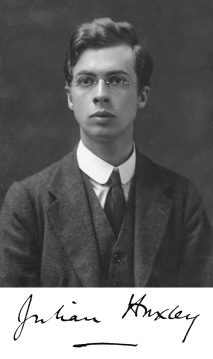
Figure F.1
Photograph courtesy of Woodson Research Center, Fondren Library, Rice University. Signature provided by and used with the permission of Cold Spring Harbor Laboratory Archives, NY.
For example, by the 1800s biologists were regularly highlighting parallels between multicellular cell-states and human societies. Much of this work was focused on how cellular order is maintained physiologically, That being said, important parallels between insect states and cell states do exist, and Huxley was among the first to see these.
By noting the affinities between metazoan bodies and caste-differentiated insect colonies, Huxley was following in the footsteps of the myrmecologist William Morton Wheeler. One year before
Next pageFont size:
Interval:
Bookmark:
Similar books «The Individual in the Animal Kingdom»
Look at similar books to The Individual in the Animal Kingdom. We have selected literature similar in name and meaning in the hope of providing readers with more options to find new, interesting, not yet read works.
Discussion, reviews of the book The Individual in the Animal Kingdom and just readers' own opinions. Leave your comments, write what you think about the work, its meaning or the main characters. Specify what exactly you liked and what you didn't like, and why you think so.

